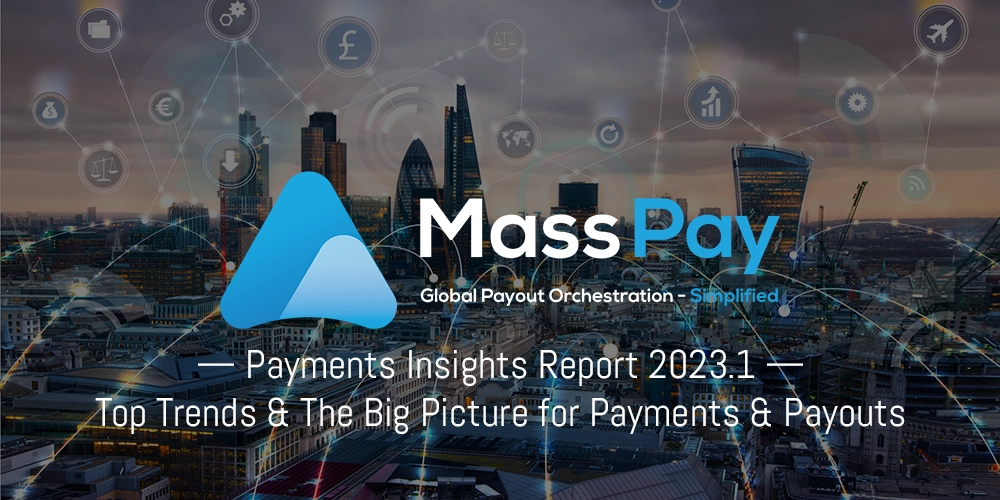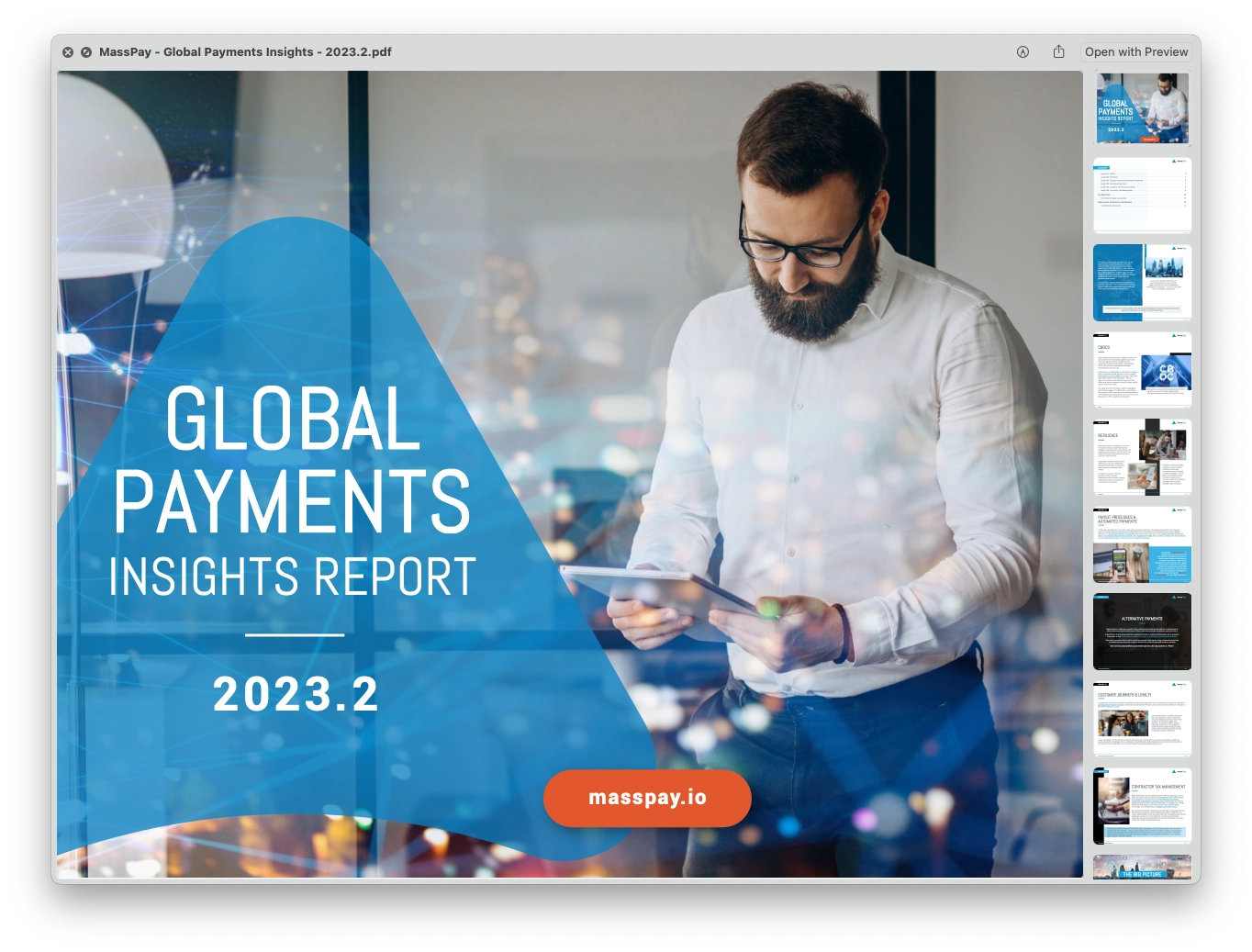Assessing Your Banking Infrastructure: The Importance Payment Orchestration
Unpredictable. Unexpected. The past few days have been no good, very bad days for a lot of people and, quite frankly, it sucks. Being prepared for...

Payment Orchestration Platforms are becoming an integral part of modern eCommerce ecosystems. As businesses expand and venture into new markets, the need for a seamless, efficient, and secure payment processes is more critical than ever.
This raises a number of questions, including what a Payment Orchestration Platform is responsible for and how it benefits businesses by both saving and making them money.
Here at MassPay, we’re all about answers, so let’s go!
A Payment Orchestration Platform is a comprehensive, centralized system that manages, optimizes, and simplifies online payment processes. It seamlessly integrates with multiple payment gateways, acquirers, and other payment service providers (PSPs) to offer businesses flexibility, security, and a streamlined payment experience. A well-implemented Payment Orchestration Platform helps businesses increase revenue, reduce costs, and improve overall customer satisfaction.
That sounds like a lot, and it is. Here’s how it’s done…
There’s obviously a lot more to Payment Orchestration than a blog post. A Payment Orchestration Platform is a powerful tool for businesses looking to streamline their online payment processes, reduce costs, and maximize revenue.
By taking care of payment gateway integrations, payment routing optimization, fraud detection and security, currency and tax management, and providing valuable reporting and analytics, a Payment Orchestration Platform helps businesses save money and generate more sales.
As businesses continue to evolve and expand, a well-implemented Payment Orchestration Platform becomes an indispensable asset for long-term success.
Let us know if you’d like to see the impact a Payment Orchestration Platform can have on your business and, while you're at it, take at look at The Complete Guide to Global Payment Orchestration.

Unpredictable. Unexpected. The past few days have been no good, very bad days for a lot of people and, quite frankly, it sucks. Being prepared for...

AtMassPay, we're always striving to stay ahead of the curve, providing the most relevant and insightful data to help our customers, prospects, and...

AtMassPay, we're always striving to stay ahead of the curve, providing the most relevant and insightful data to help our customers, prospects, and...